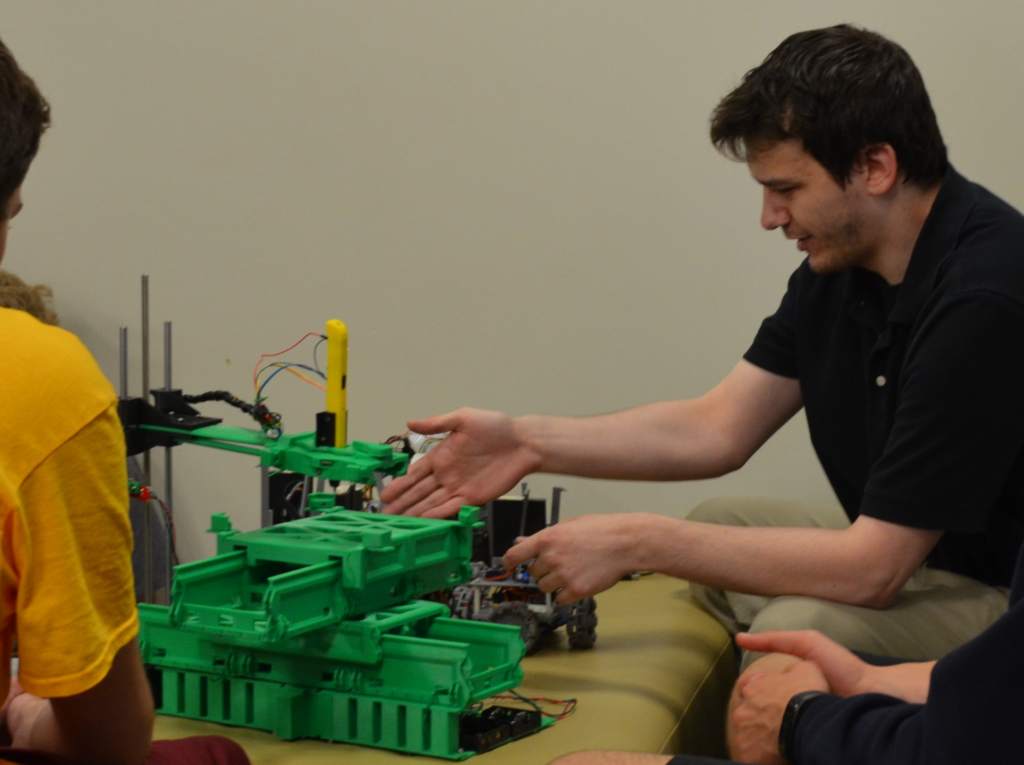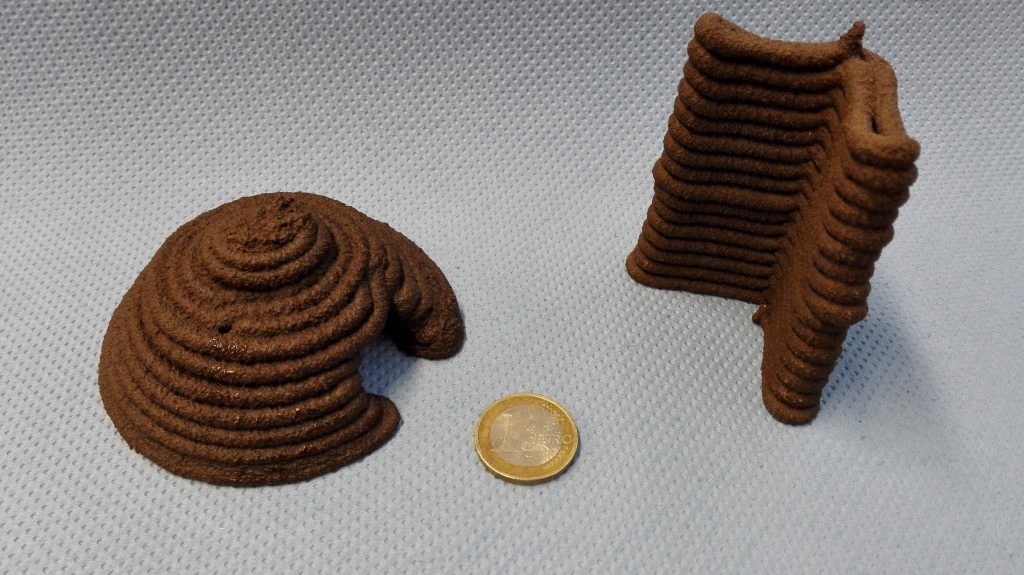North Dakota State University (NDSU) has a project dedicated to making self-replicating robots that could one day populate the Moon or Mars.
In the most recent development from NDSU, a multidisciplinary team of researchers have created their own 3D printer that can make a replica of itself.
Working with research expertise in the departments of Computer Science, Electrical, Mechanical and Industrial Engineering, the end goal is to develop software capable of instructing a chain of the 3D printers, and develop the technology toward a machine “that can assemble anything.”

Recycling Mars dust and space garbage
In order to be completely self-replicating, a machine must be able to use the materials within its immediate environment.
“The potential exploration and other uses of self-replicating robots are significant,” explains Jeremy Straub, Assistant Professor of Computer Science at NDSU. He continues,
With the use of in-situ materials, there is a potential to make numerous copies of an initial set of robots and greatly expand the work-performance capabilities of the robotic team. Replacement parts can also be produced to return damaged units to service.
3D printing studies into Lunar and Martian Regolith are a key development toward this ability.

Filament made from recycled materials also has the potential to be a useful approach, as proposed in a supporting study by Straub and Ph.D. student Andrew Jones,
A system of self-replicating robots tasked with collecting garbage is feasible to implement with the proposed approach. The collected garbage may even be able to be used as material for the robots to replicate with, which would promote scalability.
Support for space exploration
The RepRap project, founded by the award winning Dr. Adrain Bowyer, is where the idea of a self-replicating 3D printers originates. By 2008, the RepRap 1.0 “Darwin” model was capable of successfully reproducing over half of its total rapid-prototyped parts.
This utility is especially useful for off-world applications, as sending equipment into space is expensive and impractical for long-term missions. In the future, it is hoped that such 3D printers will be able to make most, if not all of their parts from scratch, which will lead to the machines becoming a key support for further space exploration.
For all the latest 3D printing news, subscribe to the most widely read newsletter in the 3D printing industry, follow us on twitter and like us on Facebook.
Featured image: Earth seen rising from the surface of The Moon. Photo via NASA



